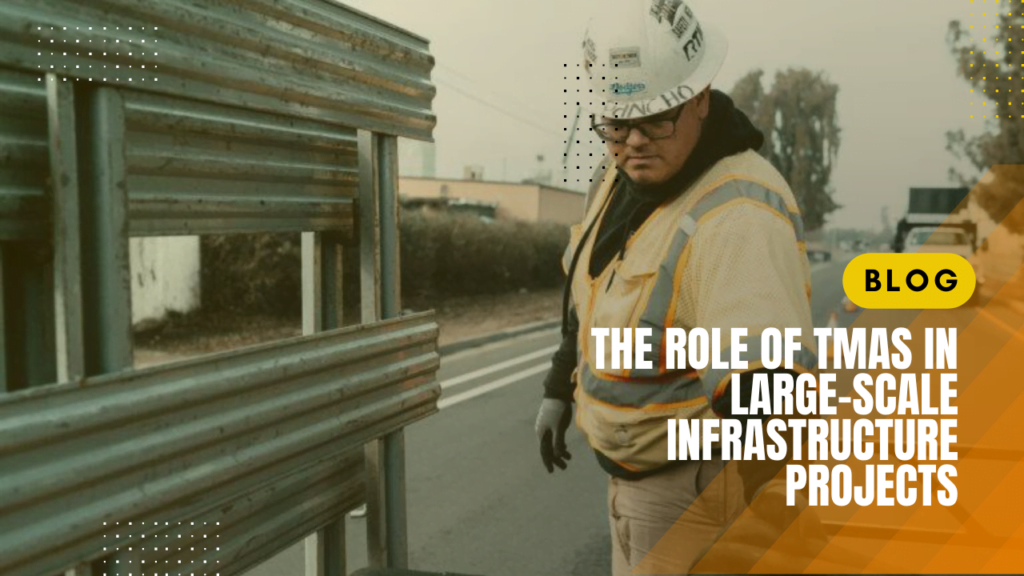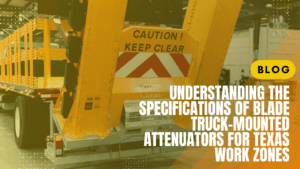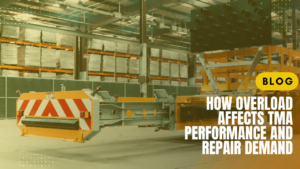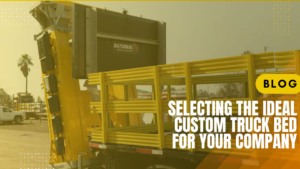Large-scale infrastructure projects involve complex engineering processes that necessitate various safety measures to protect both workers and motorists. One crucial component in maintaining safety within construction zones is the Truck-Mounted Attenuator (TMA). TMAs play a vital role in mitigating the impact of collisions, enhancing road safety, and reducing the severity of accidents.
What is a Truck-Mounted Attenuator (TMA)?
A Truck-Mounted Attenuator, commonly referred to as TMA, is a safety device attached to the rear of vehicles to absorb impact energy during collisions. These devices are specifically designed to minimize the risk of injuries and protect both road workers and motorists in work zones.
Types of Truck-Mounted Attenuators
There are various types of attenuators available, each serving a specific purpose based on the requirements of the construction or maintenance project. Some common types include trailer truck-mounted attenuators, crash cushions, and impact attenuators for trucks.
Importance of TMAs in Work Zones
TMAs play a crucial role in work zones by providing an added layer of protection against errant vehicles and enhancing overall work zone safety. These safety devices are instrumental in reducing the severity of accidents and saving lives in construction areas.
How Do TMAs Help in Reducing Crashes?
Role of TMAs in Absorbing Impact Energy
One of the primary functions of TMAs is to absorb the impact energy generated during collisions. By effectively dissipating this energy, TMAs help minimize damage to vehicles and reduce the risk of injuries to individuals involved in the crash.
Benefits of TMAs in Construction Zones
In road construction projects, where safety is paramount, TMAs act as crucial safety features that protect both workers and motorists from potential harm. Their ability to absorb impact plays a significant role in improving overall road safety within construction zones.
Improving Road Safety with TMAs
TMAs contribute to enhancing road safety by reducing the severity of accidents and minimizing the risk of fatalities in collision-prone areas. These safety devices are essential elements in ensuring the safety of road workers and motorists in construction zones.
Why are TMAs Necessary in Large-Scale Infrastructure Projects?
Ensuring Worker Safety in Construction Zones
TMAs are necessary in large-scale infrastructure projects to ensure the safety of workers who are exposed to potential risks in construction and maintenance zones. By providing a barrier against impact, TMAs help safeguard the well-being of individuals working on the site.
Minimizing Risks for Motorists in Construction Areas
For motorists passing through construction areas, the presence of TMAs reduces the risk of collisions and enhances overall road safety. These safety devices play a crucial role in preventing accidents and protecting motorists from harm in construction zones.
Impact of TMAs on Reducing Severity of Crashes
TMAs significantly contribute to reducing the severity of crashes by absorbing impact energy and dissipating it effectively. By minimizing the force of collisions, TMAs assist in lowering the risk of injuries and fatalities in high-traffic construction zones.
What Are the Different Types of TMAs Available?
Overview of Trailer Truck-Mounted Attenuators
Trailer truck-mounted attenuators are a common type of TMA that provide rear-end collision protection for vehicles. These attenuators are designed to absorb impact energy and minimize damage in the event of a crash, ensuring the safety of both road workers and motorists.
Comparing Various Impact Attenuators for Trucks
When assessing safety hardware for trucks, it’s essential to compare the different types of impact attenuators available. Each type offers specific safety benefits and functions, contributing to overall road safety in construction zones.
Role of Crash Cushions in Roadside Safety
Crash cushions play a critical role in roadside safety by absorbing impact energy and reducing the severity of collisions. These safety devices are essential components in traffic control measures aimed at minimizing the risk of accidents on highways and construction sites.
How Do TMAs Contribute to Traffic Control Devices?
Integrating TMAs as Traffic Control Measures
TMAs are integrated as essential traffic control measures to enhance overall traffic safety and prevent work zone crashes. By strategically placing TMAs in construction areas, traffic patterns can be managed efficiently, reducing the likelihood of accidents.
TMA Requirements for Enhanced Traffic Safety
In order to ensure enhanced traffic safety, specific requirements must be met when installing TMAs in construction zones. Adhering to safety standards and regulations is crucial in effectively utilizing TMAs to improve road safety for both workers and motorists.
Utilizing TMAs for Reducing TMA Crash Incidents
To reduce the frequency of TMA crashes, advanced TMA technology and safety features are utilized to enhance crash protection and minimize the impact of collisions. By continuously assessing safety hardware and implementing improvements, the incidence of TMA-related accidents can be reduced significantly.
Contact us HERE! for your TMAs











